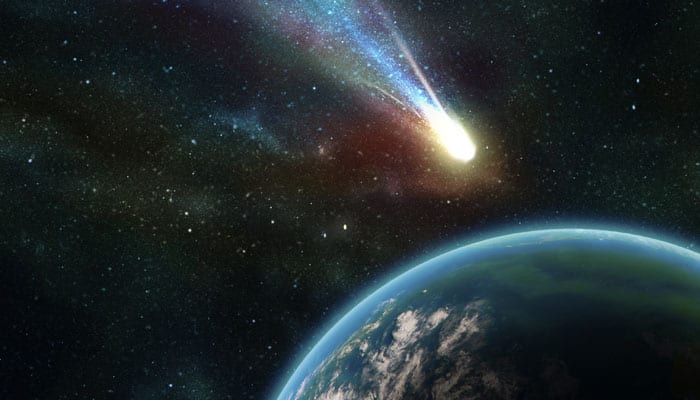Washington: Scientists have revealed that the deep grooves that circled the asteroid 'Vesta's' equator like a cosmic belt were probably caused by a 'glancing blow' impact on 'Vesta's' south pole.
The research was a result of the visit by NASA's Dawn spacecraft that had visited the asteroid Vesta in 2011. The result has suggested that the 'Rheasilvia basin' on 'Vesta's' south pole had been created by an impact that came in at an angle, rather than straight on and that the glancing blow had done an almost unimaginable amount of damage.
The study at Brown University has shown that just seconds after the collision, rocks deep inside the asteroid had begun to crack and crumble under the stress. Within two minutes major faults had reached near the surface, forming deep canyons seen today near Vesta's equator, far from the impact point.
For this latest research, Peter Schultz and his colleagues had launched small projectiles at softball-sized spheres made of an acrylic material called PMMA. When struck, the normally clear material turned opaque at points of high stress.
Using numerical models to scale the lab collision up to the size of Vesta, the second-largest object in the asteroid belt, the researchers have shown that the outward-blooming "rosette" of damage extending to the surface was responsible for the troughs that form a belt around Vesta's equator.
These new experiments have suggested that the crooked belt was the result of the angle of impact. An oblique impact would cause the damage plane to be tilted with respect to the crater. The orientation of Vesta's belt has shed light on the nature of the impact.
The researchers have concluded that the object that created Rheasilvia, came in at an angle less than 40 degrees, traveling at about 11,000 miles per hour.
The research has also shown that even a glancing blow can have tremendous consequences.
















